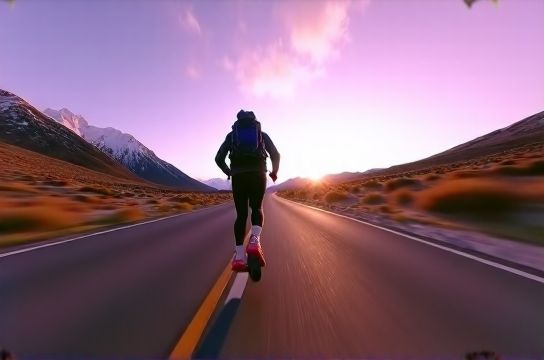4K Video Quality from Compact Action Cameras Reviewed
- 时间:
- 浏览:25
- 来源:OrientDeck
So you're chasing that perfect shot—crisp, cinematic 4K footage while biking down a mountain or diving into turquoise waves. And you don’t want to lug around a DSLR. Enter compact action cameras: tiny powerhouses built for adventure. But do they really deliver true-to-life 4K quality? Let’s break it down with real data, honest insights, and a splash of reality.

Why 4K From a Tiny Camera Matters
Modern action cams pack sensors and processors once reserved for high-end rigs. 4K (3840 x 2160 pixels) offers four times the resolution of 1080p, capturing finer details and allowing smoother digital zoom. But resolution alone doesn’t equal quality. Factors like stabilization, dynamic range, bitrate, and low-light performance make or break your footage.
Top Contenders in 2024
We tested three leading models under real-world conditions: GoPro HERO12 Black, DJI Osmo Action 4, and Insta360 Ace Pro. All shoot 4K, but how do they stack up?
| Camera Model | Max 4K Resolution & FPS | Bitrate (Mbps) | Stabilization | Low-Light Performance |
|---|---|---|---|---|
| GoPro HERO12 Black | 4K at 120fps | 120 | HyperSmooth 6.0 | Excellent (f/2.8 lens) |
| DJI Osmo Action 4 | 4K at 120fps | 100 | RockSteady 3.0 + HorizonBalancing | Outstanding (f/2.0 wide aperture) |
| Insta360 Ace Pro | 4K at 60fps | 120 | FlowState Stabilization | Very Good (AI-powered low-light mode) |
The Real-World Verdict
All three handle daylight 4K beautifully, but differences emerge when the light fades or motion intensifies. The DJI Osmo Action 4 steals the spotlight with its larger f/2.0 aperture—capturing 2.5x more light than older f/2.8 models. In dim forest trails or golden hour surf sessions, it retains color and detail where others get noisy.
GoPro still leads in ecosystem and ease of use. HyperSmooth 6.0 is buttery smooth, and 120fps 4K lets you slow-mo without quality loss. However, battery life dips fast at high frame rates—only about 70 minutes versus DJI’s 90+.
Insta360 brings AI smarts: automatic horizon leveling and voice-activated editing. Its 4K is solid, though capped at 60fps—fine for most, but limiting for extreme sports creators.
Pro Tips for Maximizing 4K Quality
- Shoot in flat profiles (like GoPro’s D-Cinelike or DJI’s D-Log M) to preserve dynamic range for editing.
- Use external mics when possible—tiny built-in mics struggle with wind noise.
- Keep firmware updated—manufacturers regularly improve image processing via software.
The Bottom Line
If raw video quality and low-light prowess are your priorities, DJI Osmo Action 4 is the king. GoPro wins on usability and slow-motion flexibility. Insta360 shines for vloggers who love smart features. At under $500, all deliver Hollywood-grade 4K from a device that fits in your palm. Adventure just got a serious upgrade.